-
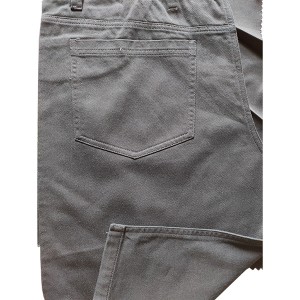
Twill Fabric-S1594
Twill is a type of textile weave with a pattern of diagonal parallel ribs (in contrast with a satin and plain weave). This is done by passing the weft thread over one or more warp threads and then under two or more warp threads and so on, with a “step” or offset between rows to create the characteristic diagonal pattern.
-
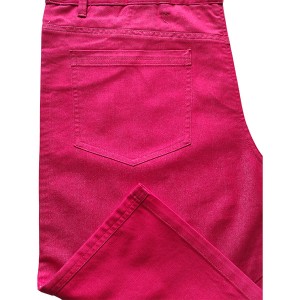
Twill Fabric-S1915mt
Twill is a type of textile weave with a pattern of diagonal parallel ribs (in contrast with a satin and plain weave). This is done by passing the weft thread over one or more warp threads and then under two or more warp threads and so on, with a “step” or offset between rows to create the characteristic diagonal pattern.
-
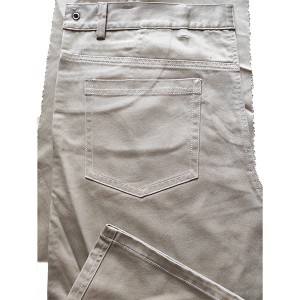
Twill Fabric-S2070
Twill is a type of textile weave with a pattern of diagonal parallel ribs (in contrast with a satin and plain weave). This is done by passing the weft thread over one or more warp threads and then under two or more warp threads and so on, with a “step” or offset between rows to create the characteristic diagonal pattern.
-
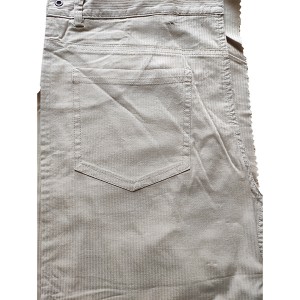
Twill Fabric-S2552
Twill is a type of textile weave with a pattern of diagonal parallel ribs (in contrast with a satin and plain weave). This is done by passing the weft thread over one or more warp threads and then under two or more warp threads and so on, with a “step” or offset between rows to create the characteristic diagonal pattern.
-

Twill Fabric-S2742
Twill is a type of textile weave with a pattern of diagonal parallel ribs (in contrast with a satin and plain weave). This is done by passing the weft thread over one or more warp threads and then under two or more warp threads and so on, with a “step” or offset between rows to create the characteristic diagonal pattern.
-
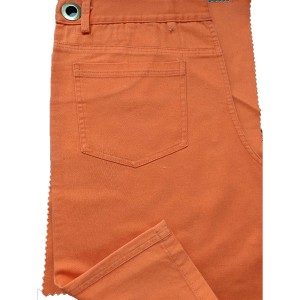
Twill Fabric-S2856
Twill is a type of textile weave with a pattern of diagonal parallel ribs (in contrast with a satin and plain weave). This is done by passing the weft thread over one or more warp threads and then under two or more warp threads and so on, with a “step” or offset between rows to create the characteristic diagonal pattern.
-
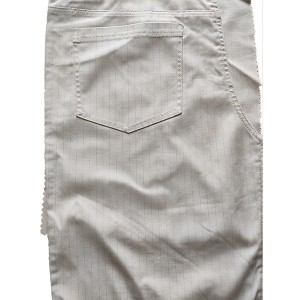
Twill Fabric-S2857
ITwill is a type of textile weave with a pattern of diagonal parallel ribs (in contrast with a satin and plain weave). This is done by passing the weft thread over one or more warp threads and then under two or more warp threads and so on, with a “step” or offset between rows to create the characteristic diagonal pattern.
-
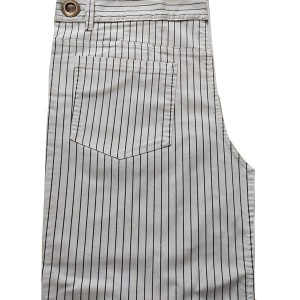
Twill Fabric-S2944
Twill is a type of textile weave with a pattern of diagonal parallel ribs (in contrast with a satin and plain weave). This is done by passing the weft thread over one or more warp threads and then under two or more warp threads and so on, with a “step” or offset between rows to create the characteristic diagonal pattern.
-
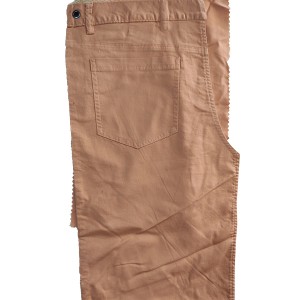
Twill Fabric-S3036
Twill is a type of textile weave with a pattern of diagonal parallel ribs (in contrast with a satin and plain weave). This is done by passing the weft thread over one or more warp threads and then under two or more warp threads and so on, with a “step” or offset between rows to create the characteristic diagonal pattern.
-

Twill Fabric-S20160065
Twill is a type of textile weave with a pattern of diagonal parallel ribs (in contrast with a satin and plain weave). This is done by passing the weft thread over one or more warp threads and then under two or more warp threads and so on, with a “step” or offset between rows to create the characteristic diagonal pattern.
-
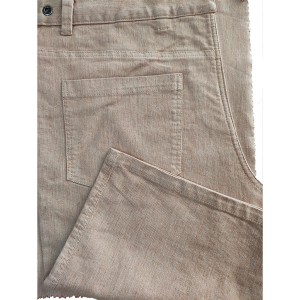
Twill Fabric -S20170302
Twill is a type of textile weave with a pattern of diagonal parallel ribs (in contrast with a satin and plain weave). This is done by passing the weft thread over one or more warp threads and then under two or more warp threads and so on, with a “step” or offset between rows to create the characteristic diagonal pattern.
-

Tr Twill Fabric S3162
Twill is a type of textile weave with a pattern of diagonal parallel ribs (in contrast with a satin and plain weave). This is done by passing the weft thread over one or more warp threads and then under two or more warp threads and so on, with a “step” or offset between rows to create the characteristic diagonal pattern.
- E-mail: yangpumygs@aliyun.com
- Phone: 13803344056












